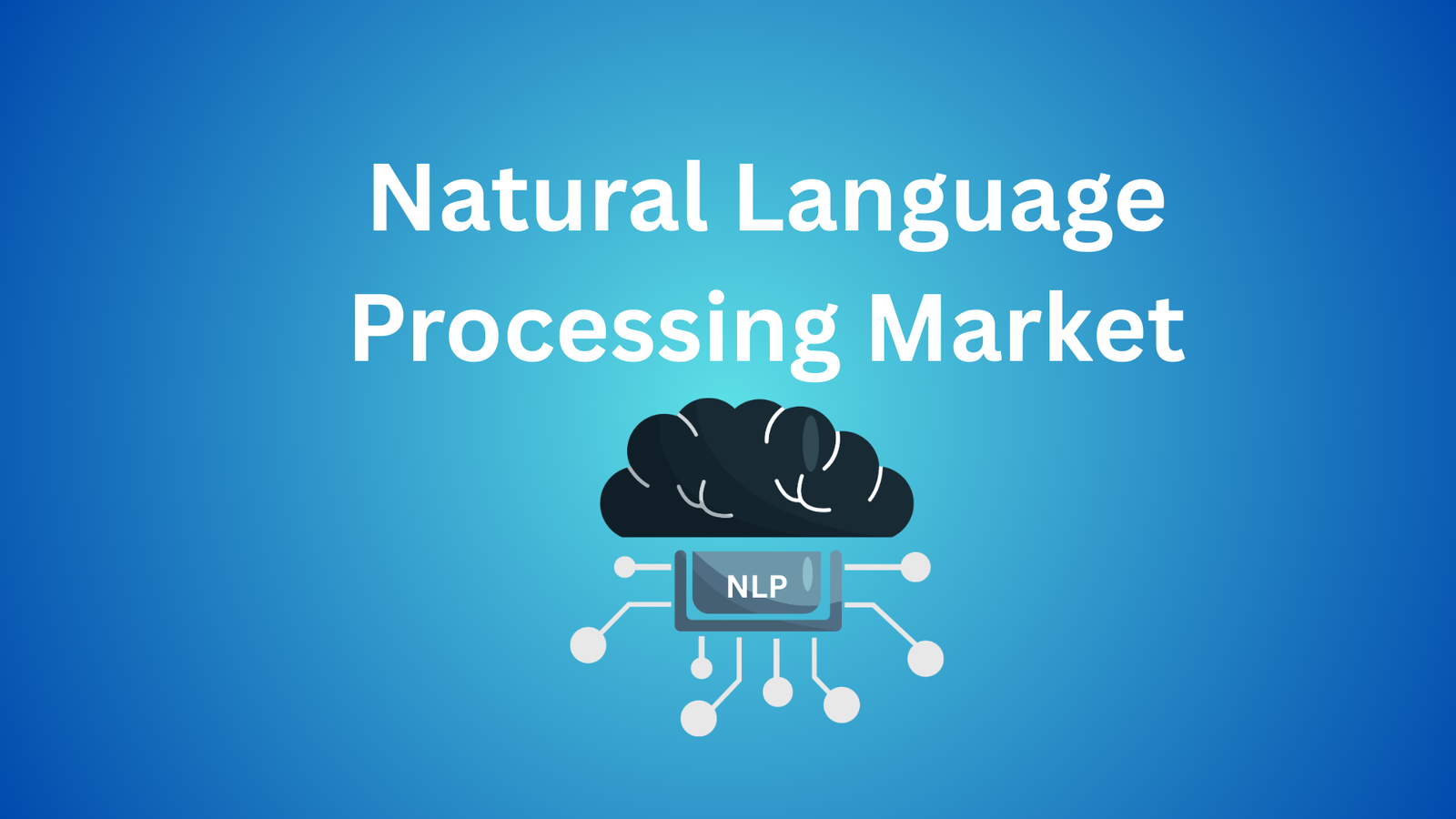Dubbing and Voice-over Market Soar to USD 8.6 Bn By 2034
Updated · Sep 16, 2025

WHAT WE HAVE ON THIS PAGE
Dubbing and Voice-over Market Size
The global Dubbing and Voice-over Market was valued at USD 4.2 billion in 2024 and is projected to reach nearly USD 8.6 billion by 2034, expanding at a steady CAGR of 7.4% during 2025–2034. Growth is being driven by rising global demand for multilingual content in entertainment, education, advertising, and corporate communication, as well as the increasing adoption of digital streaming platforms that require localized audio experiences.
In 2024, North America held a dominant market share of more than 43.5%, generating around USD 1.8 billion in revenue. The region’s leadership is supported by strong media and entertainment industries, growing investments in content localization, and technological advancements in AI-driven dubbing and voice-over tools. This has positioned North America as a key hub for innovation and large-scale adoption of dubbing and voice-over services.
Key Insight Summary
- The global dubbing and voice-over market is projected to grow from USD 4.2 billion in 2024 to USD 8.6 billion by 2034, at a 7.4% CAGR.
- North America led with 43.5% share in 2024, generating USD 1.8 billion, supported by strong media infrastructure and demand for localized content.
- The Dubbing segment dominated with 64.4% share in 2024, reflecting rising demand for high-quality dubbing across industries.
- Human-based dubbing and voice-over held 58.2% share in 2024, showing preference for authentic and relatable performances.
- The Entertainment and Media sector led with 32.5% share in 2024, driven by growing need for multilingual films, TV, and streaming content.

Market Overview
The Dubbing and Voice-Over Market refers to the industry that provides audio translation and narration services for media content, including films, television programs, advertisements, video games, e-learning materials, and corporate communications. Dubbing involves replacing the original dialogue with translated audio in another language, while voice-over refers to narrating or overlaying speech without replacing the original track.
The market includes service providers, recording studios, linguistic experts, and technology platforms supporting multilingual content creation. The market is driven by the rapid globalization of media and entertainment, which requires localized content to reach diverse audiences. The rise of streaming platforms has significantly increased demand for multilingual dubbing and voice-over services.
Growth in e-learning, corporate training, and marketing campaigns across international markets also contributes to expansion. Advances in artificial intelligence and speech synthesis are further boosting adoption by making dubbing and voice-over more efficient and cost-effective. Demand for dubbing and voice-over is strong in the entertainment sector, where international distribution of films, series, and documentaries requires accurate language adaptation.
The video game industry is also a major user, as immersive player experiences depend on high-quality dubbing. E-learning platforms and corporations rely on voice-over for training modules, tutorials, and promotional content. Emerging markets are showing high demand as global media consumption increases and regional audiences seek localized content in their native languages.
Analysts’ Viewpoint
There are significant investment opportunities in technology-driven service providers specializing in AI-assisted dubbing and voice-over. Startups focusing on real-time voice translation, synthetic voice generation, and scalable localization services are attracting strong attention. Expanding markets in Asia-Pacific, Latin America, and Africa provide growth potential due to rising consumption of international content. Strategic partnerships between streaming platforms, media companies, and dubbing studios present further opportunities.
Adopting dubbing and voice-over services provides businesses with benefits such as global audience expansion, improved content accessibility, and stronger engagement. For entertainment companies, these services support higher viewership and increased subscription revenue. Corporations benefit from effective cross-border communication and training delivery. Educational providers use dubbing and voice-over to improve learning outcomes by making content more understandable and culturally relevant.
Role of Generative AI
Generative AI is playing an increasingly important role in dubbing and voice-over production. It is now capable of creating highly realistic, emotion-infused synthetic voices that can closely mimic human speech patterns, accents, and emotional nuances. This technology speeds up the dubbing process by automating voice synthesis and translation, allowing content to be localized more efficiently.
Despite these advances, real human voice actors continue to dominate the market, holding about 58% share in 2024, as human voices provide authenticity and emotional depth that AI has yet to fully replicate. AI tools assist rather than replace professionals, offering faster turnaround times and cost savings while maintaining quality standards in voice content production.
U.S. Market Size
In 2024, the U.S. dubbing and voice-over market was valued at $1.56 million and is forecasted to grow at a compound annual growth rate (CAGR) of 8.3%. The U.S. market leads in this sector due to several factors. Firstly, the presence of major entertainment industries, including Hollywood, drives demand for high-quality dubbing and voice-over services to cater to a global audience.

In 2024, North America held a dominant position in the dubbing and voice-over market, capturing more than a 43.5% share with revenues reaching approximately USD 1.8 billion. This significant market share can be attributed to several key factors that underscore the region’s leadership in this sector.

Emerging Trends
In 2025, the dubbing and voice-over industry is marked by the integration of AI-driven tools alongside a rising demand for localized and culturally nuanced content. AI technologies such as text-to-speech and speech-to-speech translation are becoming more sophisticated, even enabling possibilities like real-time voice translation for live broadcasts and streaming.
Remote recording has normalized, enabling talents to deliver quality work globally regardless of location. There is strong growth in conversational and natural voice styles that sound relaxed and relatable, moving away from heavily polished voice performances. The trend also includes growing multilingual content production catering to broader global audiences, with Spanish, French, and German being prominent languages apart from English.
Growth Factors
Several core factors contribute to the growth of the dubbing and voice-over market. The steady expansion of global streaming platforms fuels demand for content in multiple languages across diverse regions. Consumers want localized content they can relate to in their native tongues. Technological advances in AI and machine learning make dubbing faster and more affordable without sacrificing quality.
Additionally, the rise in e-learning and digital education has increased the need for voice-over services in instructional and training material. Despite these advances, the market values skilled human voice actors to deliver culturally sensitive and authentic performances, which remains essential for audience engagement.
Driver
Growing Demand for Multilingual Content
The increasing globalization of media content is a primary driver for the dubbing and voice-over market. As streaming platforms expand their reach internationally, the need for localized content in multiple languages is growing rapidly. This demand comes not only from entertainment like films and TV shows but also from educational and corporate training materials, making dubbing and voice-over services essential for reaching a global audience. This trend is fueled by the desire to enhance viewer engagement and accessibility across different linguistic and cultural groups.
Moreover, the rise of mobile gaming and virtual reality experiences that require immersive voices in various languages further supports market growth. The expansion of digital content consumption worldwide leads companies to invest heavily in professional dubbing and voice-over to maintain authenticity and quality, boosting the overall demand for these services.
Restraint
High Production Costs
One major restraint in the dubbing and voice-over market is the high cost associated with producing quality localized content. Professional dubbing requires skilled voice actors, sound engineers, and advanced equipment, all of which add up to significant expenses. These high costs can restrict smaller production houses and independent creators from accessing top-tier dubbing and voice-over services, limiting market expansion.
In addition to direct costs, the extensive post-production work needed to synchronize voices accurately with the visuals increases production time and expenses. This financial barrier can slow down the localization process, causing some content providers to settle for lower quality or fewer localized versions, which impacts the overall market growth.
Opportunity
AI and Machine Learning Advancements
Advancements in artificial intelligence and machine learning present a promising opportunity for the dubbing and voice-over market. AI-powered tools are improving the speed and accuracy of voice synthesis and translation, which can significantly reduce production times and costs. These technologies enable companies to scale their dubbing services more efficiently and enter new language markets with less resource investment.
AI can also help create more natural-sounding voices, enhancing the quality of automated dubbing and voice-over products. This progress opens doors for innovative applications such as automated localization for smaller content creators and rapid delivery of multilingual content for e-learning, entertainment, and virtual assistant technologies.
Challenge
Scarcity of Skilled Voice Talent
A significant challenge for the dubbing and voice-over market is the shortage of skilled voice actors who can match the emotional nuance and cultural context of original performances in various languages. The right voice talent is crucial for maintaining the authenticity and appeal of localized content, especially in narrative-driven entertainment and corporate communication.
This scarcity is worsened by the need for actors who understand cultural references and language subtleties, which directly impacts the audience’s connection to the content. Finding such specialized talent can be difficult and expensive, creating bottlenecks in delivering high-quality dubbing and voice-over services and restricting the market’s ability to meet rising global demand.
Key Market Segments
By Service Type
- Dubbing
- Timed Audio
- UN Voice Over
- Phrase-Sync
- Lip-Sync
- Voice-over
- Film Voice Over
- TV series Voice Over
- Documentary Voice Over
- Live-action Voice Over
- Others (Theatrical Voice Over, Promotional Voice Over, etc.)
By Technology
- Human-based Voice-over and Dubbing
- AI-driven Voice-over and Dubbing
By Industry Vertical
- Entertainment and Media
- Gaming
- Education
- IT & Telecom
- Healthcare
- Travel and Hospitality
- Retail and E-commerce
- Others
Top Key Players in the Market
- VerboLabs
- Cosmic Sounds
- Voyzapp
- LinguaShine
- Crystal Hues
- TridIndia
- Parikh info Solutions Pvt. Ltd.
- Voquent
- All Translation Services Private Limited
- Vananservices.com
- Language Preside
- TridIndia
- BLEND
- Voicecription
- Others
Discover More – https://market.us/report/dubbing-and-voice-over-market/
Sources

After graduating in Electrical Engineering, Maitrayee moved into writing after working in various technical roles. She specializes in technology and Artificial Intelligence and has worked as an Academic Research Analyst and Freelance Writer, focusing on education and healthcare in Australia. Writing and painting have been her passions since childhood, which led her to become a full-time writer. Maitrayee also runs a cooking YouTube channel.









